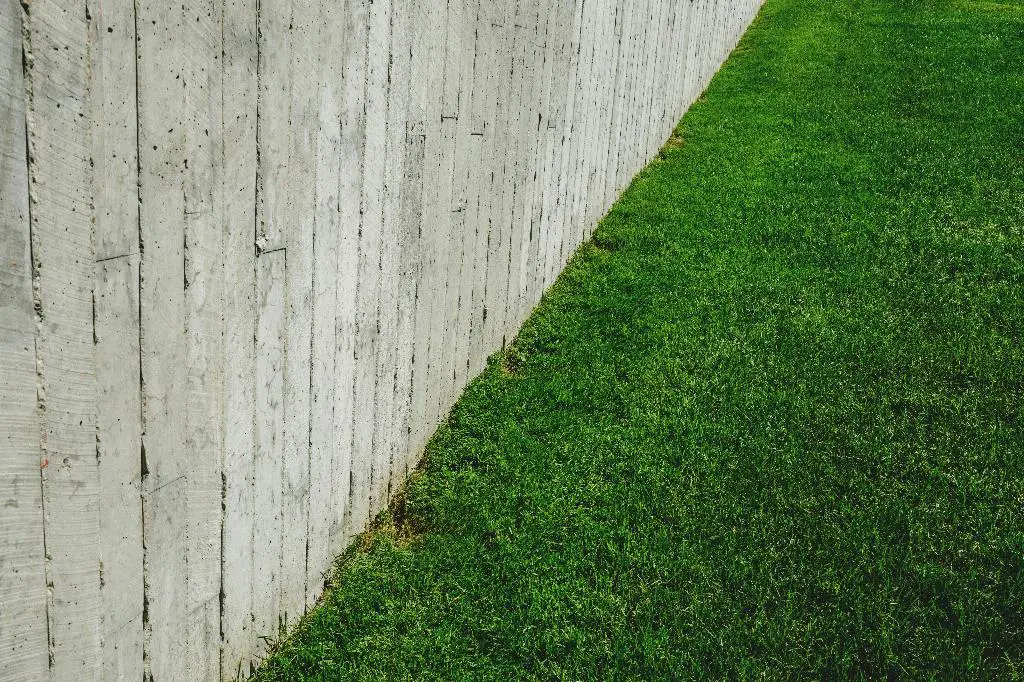Establishing a new lawn from seed can be a rewarding but time-consuming process. Knowing when to cut your new lawn from seed is crucial for the health and growth of your grass. Depending on the type of seeding method you used, the timing for the first mow can vary significantly.
Seeded Lawns
For seeded lawns, patience is key. It may take up to two months before your newly seeded lawn is ready to be mowed. It is essential to wait for all the seeds to germinate and the grass to reach an appropriate height before taking the lawn mower out for its maiden voyage.
Sodded Lawns
If you opted for sodding your lawn instead of seeding, you may get to enjoy the look of a well-trimmed lawn sooner. Sodded lawns are typically ready to be mowed within two to three weeks of planting. Keeping an eye on the growth and thickness of the sod will help you determine the right time for that initial mow.
Sprigs, Stolons, and Plugs
If you chose to establish your lawn using sprigs, stolons, or plugs, you will need to exercise a bit more patience. It typically takes three to six weeks for these planting methods to become fully established. Monitoring the growth and spread of these grass varieties will signal when it is time to bring out the mower.
Importance of Timing
Mowing a new lawn too early can hinder the establishment of the grass, whereas waiting too long can lead to overgrown and unkempt patches. Timing is crucial when it comes to cutting a new lawn from seed, as it affects the overall health and vigor of the grass.
Height Matters
When deciding when to mow your new lawn, pay attention to the height of the grass. It is generally recommended to mow when the grass reaches about 3 to 4 inches in height. Avoid cutting more than one-third of the grass blade length in a single mow to prevent stress on the grass.
Ongoing Maintenance
Once you have mowed your new lawn for the first time, regular maintenance is key to keeping it healthy and vibrant. Mow the grass on a regular schedule, keeping in mind the recommended height for your specific grass type. Proper watering and fertilization will also contribute to the overall health of your lawn.
Post-Mowing Care
After mowing your new lawn, it is important to provide it with the care it needs to recover from the stress of cutting. Avoid mowing when the grass is wet, as it can lead to uneven cuts and potential lawn diseases. Sharpening your mower blades regularly will ensure clean and precise cuts.
Assessing Growth
Regularly assessing the growth and health of your new lawn will help you determine the frequency of mowing. Keep an eye out for signs of overgrowth, such as straggly blades and uneven patches. Adjust your mowing schedule as needed to maintain the desired lawn height.
Seasonal Considerations
Depending on the season in which you planted your new lawn, the timing for the first mow may vary. In cooler months, grass growth may be slower, requiring a longer wait before mowing. In warmer months, grass growth may be more rapid, necessitating more frequent mowing.
Final Thoughts
Knowing when to cut your new lawn from seed is an essential part of lawn care. By understanding the growth patterns of your grass and the type of seeding method you used, you can ensure that your lawn remains healthy and lush. Patience, observation, and proper maintenance will all contribute to the success of your new lawn.

